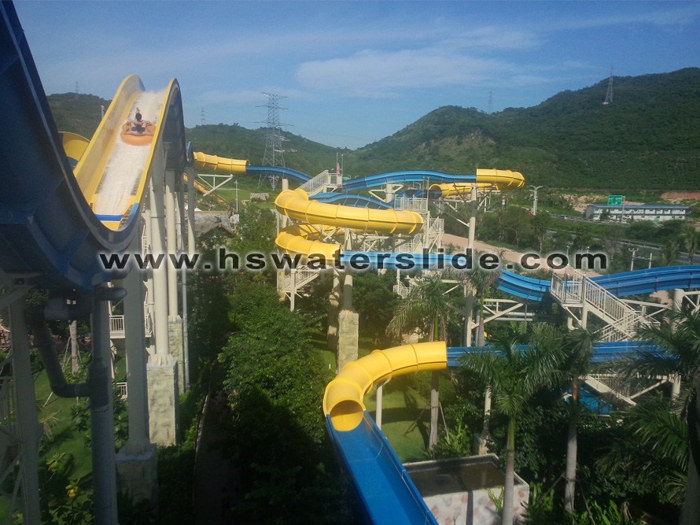Today, I will mainly talk about two
aspects: on the one hand, how to understand the seasonal fluctuation law of the
tourism flow of a theme park(water park), what rules and characteristics it
has; on the other hand, what management measures and strategies should we have
for the park. We know that the seasonal fluctuation of theme park(water park)s
is usually divided into interannual fluctuations, which is related to the
seasonal life cycle of theme park(water park)s. The fluctuation within the year
(monthly fluctuation), the fluctuation of each week, the fluctuation from
Monday to Sunday in a week should have a normal regularity, and a seasonal
fluctuation in the day.
Let's talk about interannual fluctuations
first. We know that theme park(water park)s have a life cycle. Some parks like
this have a very short life cycle and may close down within two or three years
after opening. This is related to its location, management, planning and design
and experience to build water park. However, parks that can survive to the
normal operation today usually have a relatively long life cycle. The life
cycle from the beginning, construction to slow development, maturity, may enter
a recession. In the recession period, if we want to update our products, we may
enter a new growth cycle. Different from other types of scenic spots, theme
park(water park) has a very short start and development stage. Because theme
park(water park) has the first phase effect, the first year of the park may be
an explosive increase in the flow of people. Because of its "new, strange
and special", it can bring a lot of customers. Therefore, the number of
tourists in theme park(water park)s in the first two years is relatively high,
which is why many scenic spots feel different from the rules of theme
park(water park)s. Because of this, many developers, investors and planning
institutions are willing to promise the number of tourists in the two years
before the opening of the theme park(water park), rather than the amount of
tourists in the later period. Because theme park(water park)s in the third,
fourth, fifth and sixth year of operation mainly consider the revisit rate. If
many theme park(water park)s are relatively poor in design, experience and
revisit rate, and even in tourist management, they may not get revisited
tourists. In this case, it quickly enters a recession after a year or two,
which is a rule.
Many of our country's brand theme
park(water park)s, such as happy valley series, Changlong series, Fangte series
and so on, many parks will have a relatively long life cycle. In the life
cycle, we constantly update products and things. Normally, every new renewal
project will bring a new wave of tourist growth, which is not only related to
experience, but also to our marketing strategy. New growth means more people
flow, which means a new interannual fluctuation law. But to be specific, in
fact, the impact of the inter annual fluctuation law on the capacity management
and tourist flow management of the park is not very great, because it is a very
long-term macro impact, and the more significant impact is actually the monthly
fluctuation.












